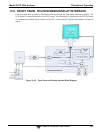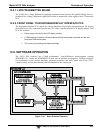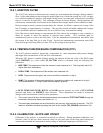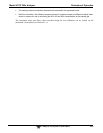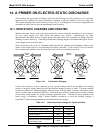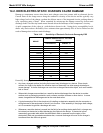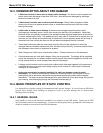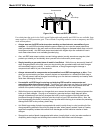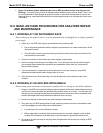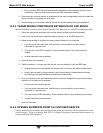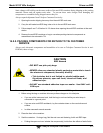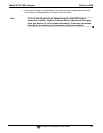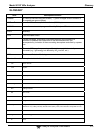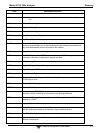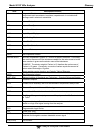
Model 9110T NOx Analyzer Primer on ESD
Teledyne Analytical Instruments 373
Static charges will build up on the outer surface of the anti-ESD container during shipping as the packing
materials vibrate and rub against each other. To prevent these static charges from damaging the
components or assemblies being shipped ensure that you:
Always unpack shipments from Teledyne Customer Service by:
1. Opening the outer shipping box away from the anti-ESD work area.
2. Carry the still sealed ant-ESD bag, tube or bin to the anti-ESD work area.
3. Follow steps 6 and 7 of Section 14.2.3 above when opening the anti-ESD container at the work
station.
4. Reserve the anti-ESD container or bag to use when packing electronic components or
assemblies to be returned to TAI.
14.5.5. PACKING COMPONENTS FOR RETURN TO TAI CUSTOMER
SERVICE
Always pack electronic components and assemblies to be sent to Teledyne Customer Service in anti-
ESD bins, tubes or bags.
CAUTION
ESD Hazard
DO NOT use pink-poly bags.
NEVER allow any standard plastic packaging materials to touch
the electronic component/assembly directly.
This includes
, but is not limited to, plastic bubble-pack,
Styrofoam peanuts, open cell foam, closed cell foam, and
adhesive tape.
DO NOT use standard adhesive tape as a sealer. Use ONLY anti-
ESD tape.
Never carry the component or assembly without placing it in an anti-ESD bag or bin.
1. Before using the bag or container allow any surface charges on it to dissipate:
If you are at the instrument rack, hold the bag in one hand while your wrist strap is
connected to a ground point.
If you are at an anti-ESD workbench, lay the container down on the conductive work
surface.
In either case wait several seconds.
2. Place the item in the container.
3. Seal the container. If using a bag, fold the end over and fastening it with anti-ESD tape.
Folding the open end over isolates the component(s) inside from the effects of static fields.



